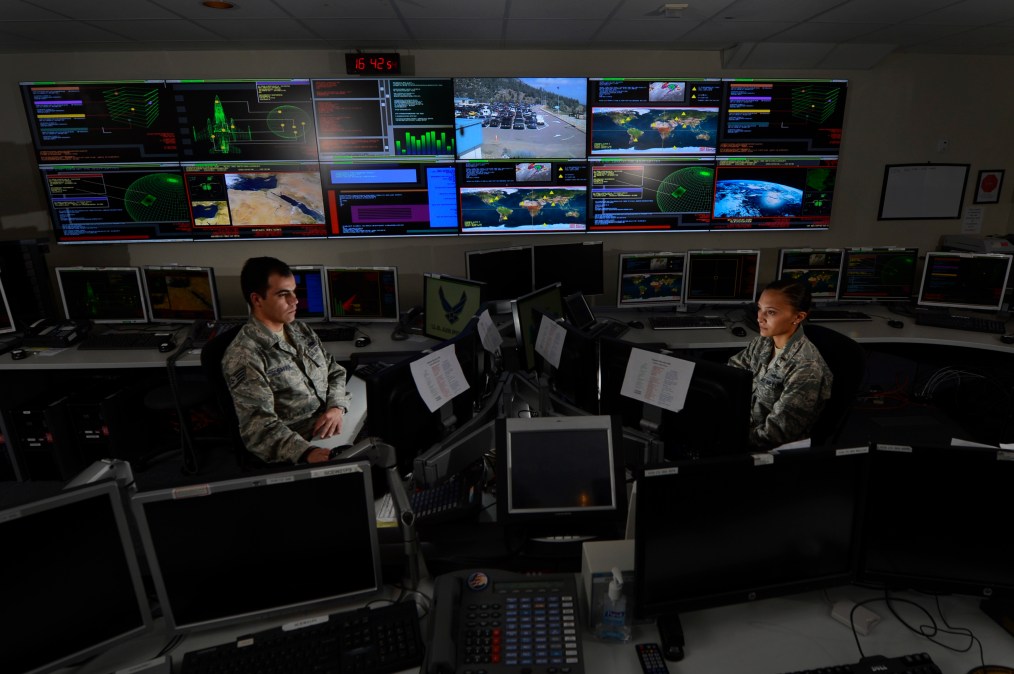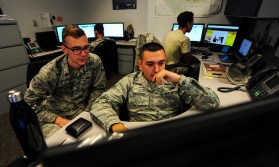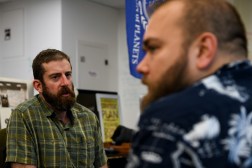Space Force stresses digital fluency as its builds out workforce

The U.S.’s newest military branch, the Space Force, continues to grow in size with its first major group of 2,400 new members transferring into the force in early September. And with that, leaders of the highly technical branch are stressing the need for those new personnel to be tech-savvy.
Those who join the force will need to be digitally fluent, with at minimum a basic understanding of networks and technology, Maj. Gen. Kim Crider, mobilization assistant to the chief of space operations, said this week.
The service, which aims to permanently employ more than 6,000 personnel by the end of 2020, will be the military’s most technical, with mission sets involving operating satellites and defending the openness of space for global communications systems.
Space “is fundamentally dependent on technology and innovation,” Crider said during the Air Force Information Technology & Cyberpower training event Thursday. “We are realizing our full potential as a space-based service … when we can streamline our processes and operations through digital capabilities.”
The goal of establishing a digitally fluent force will be met with digital means. The Department of the Air Force, which houses the Space Force, recently launched a beta version of its Digital University. The online education platform will feature digital pathways for all new members of the budding force, Air Force officials told FedScoop. The “Digital U” features course work from education companies like Pluralsight, Udemy and Udacity.
“[Crider] is establishing a core set of knowledge and training activities that every single member of the Space Force will be required when it comes to digital,” Lt. Gen. David Thompson, the vice commander of the U.S. Space Force, said at a recent space summit sponsored by the National Defense Industry Association. Thompson added that everything from software programming to a “whole host of IT” will be in the required education.
During its continued buildout, the Space Force is keen to fill roles in cybersecurity and acquisition.
The force recently established Space Wings and nine “space deltas” — subordinate units operated by colonels — under its larger field commands. The branch is trying to take a “clean sheet” approach to its structure to be “agile” and “go fast.” Those goals and the organization’s structuring will define how its tech-savvy personnel will operate, Crider said.
Space is “as crucial as water, it is as crucial as electricity,” Crider said. “It is vital that we are very focused in standing up this organization.”




